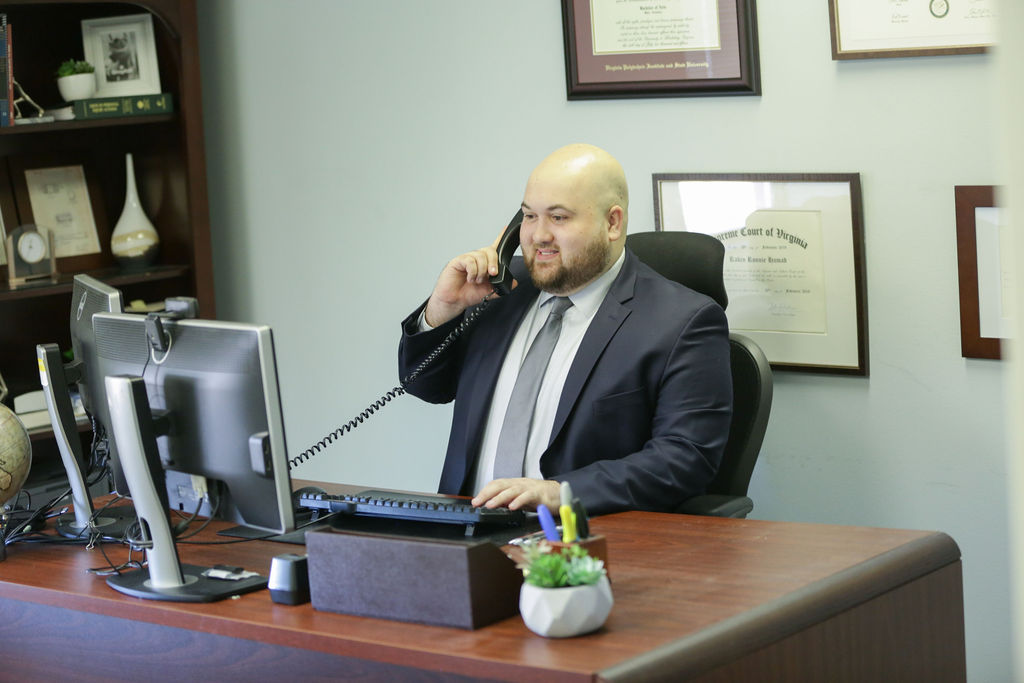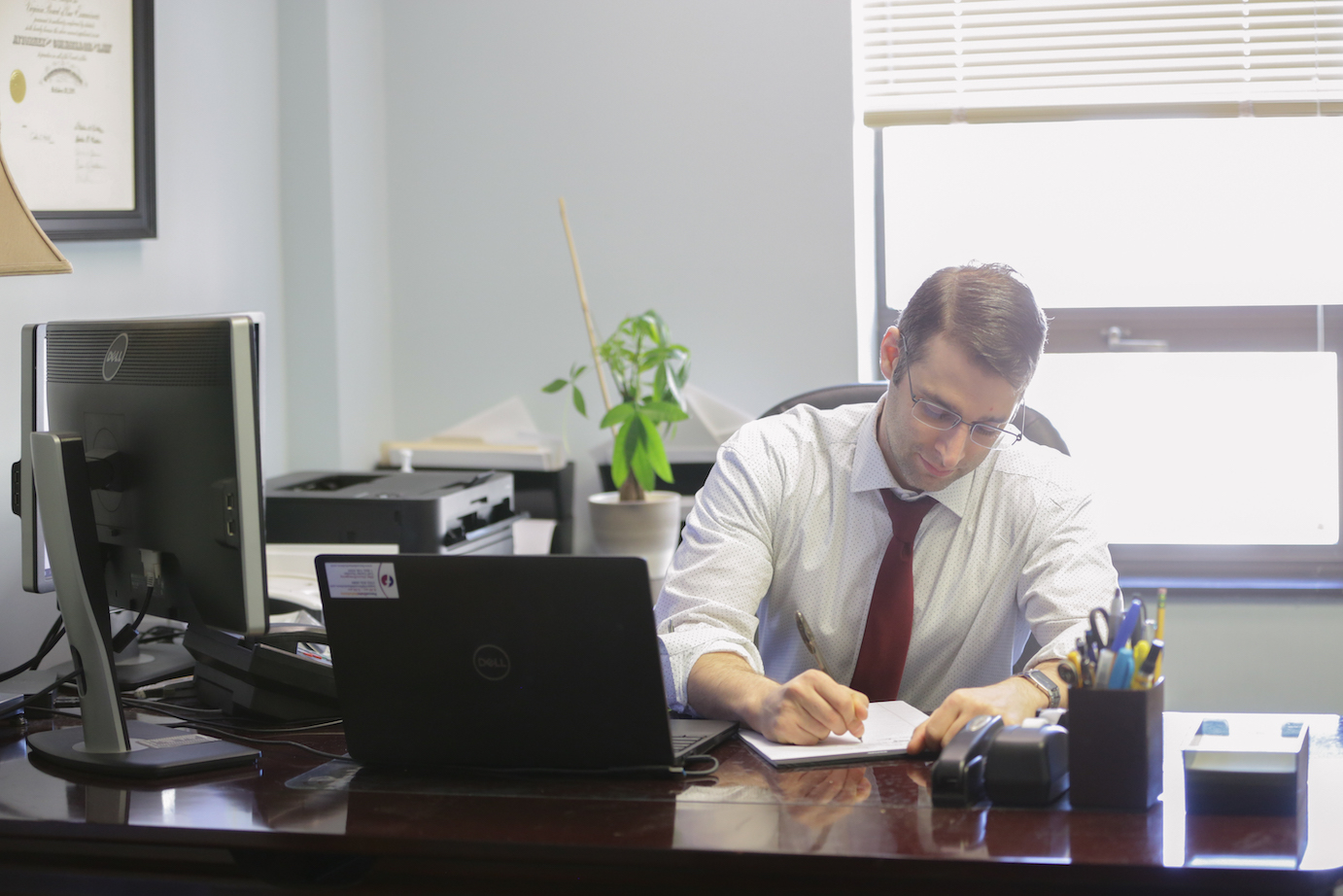
Experienced personal injury lawyers know that there are three pillars needed to pursue a successful personal injury case on behalf of their client. First, the lawyer must be able to prove the negligence or fault of the person, causing the injury. Second, the lawyer must be able to prove that the at-fault person caused the claimed injuries. And third, that there is insurance coverage available to compensate the injured party for their personal injuries.
Practically speaking, without insurance to compensate an injured person, pursuing the case is a futile exercise. The purpose of insurance is to protect the insured from a loss that he or she cannot fiscally handle. A common example is car insurance.
If someone runs a red light and hits you with their car, most likely, there is car insurance to protect the at-fault driver and compensate any injured parties. In Virginia, even though you would need to sue the driver of the car who hit you, that driver’s insurance carrier will cover any personal injury losses up to their policy limits.
However, what happens when the at-fault driver does not have insurance to cover the losses he or she caused in an auto accident? A related question is what happens when there is not enough coverage from the at-fault driver’s insurance policy to cover the losses he or she caused?
Fortunately, Virginia has automobile insurance laws that provide protection for those injured in a motor vehicle accident. In such situations, we look towards the injured person’s own insurance to see if there is applicable insurance of their own to cover the loss. In particular, we look for Uninsured and Underinsured Motorist coverage, i.e., UM/UIM coverage.
Uninsured motorist coverage protects an injured person when the at-fault driver does not have insurance coverage. Underinsured coverage provides added protection when the at-fault party’s insurance coverage is not sufficient to fully compensate the injured party, and his or her insurance limits are less than the limits of the injured person. UM/UIM coverage comes from an injured person’s own personal automobile insurance policy. It covers the difference between the injured person’s losses and the coverage that the at-fault driver has available on his or her auto policy. *
*Legislative Updates to Virginia UIM Policy as of July 1, 2023
For example, if you are injured by someone who does not have automobile insurance and your personal policy has $100,000 in UM/UIM coverage, you will have $100,000 in coverage available to compensate you for your injuries. If you are injured by a driver with only $25,000 in liability coverage, and you have $100,000 in UM/UIM coverage, your own policy will provide up to $75,000 in additional coverage.
Now, what happens if there is still not enough coverage for your injuries or there is no coverage at all? Well, the next step is to run an asset search on the at-fault party to see if they have any assets worth going after. Unfortunately, in most cases, if someone does not have any insurance of their own, they usually do not have any assets to go after either.
If there is no insurance coverage available and the at-fault party has no assets of value, then it is very difficult to collect. Even if you go to trial and are awarded a judgment against the at-fault party, he or she can declare bankruptcy, and the judgment will likely be absolved. This is why it is essential to have enough uninsured/underinsured motorist coverage to protect yourself, your family, and passengers in your vehicles.
Look for our next blog on this topic, which will discuss the important issue of stacking UM/UIM coverages provided by all applicable auto policies to maximize the amount of available insurance to compensate a person injured in an auto accident.

















